I’ll never forget the moment I watched a gecko effortlessly walk across my bedroom ceiling, defying gravity as if it were the most natural thing in the world. That single encounter sparked a lifelong fascination with reptiles and amphibians – creatures that seem to possess abilities straight out of science fiction movies, yet they’re living right here on Earth with us.
After years of studying these remarkable animals, I’ve discovered that what we call “cold-blooded” creatures are actually some of the most extraordinary athletes, engineers, and survivors our planet has ever produced. Their abilities are so incredible that they’ve inspired countless superhero stories, yet the real versions are far more impressive than any comic book could imagine.
Table of Contents
The Ancient Masters: A 370-Million-Year Head Start
Before we dive into their amazing abilities, let’s appreciate just how long these creatures have been perfecting their craft. Amphibians first appeared around 370 million years ago during the Devonian period, making them some of our planet’s most experienced survivors. Reptiles followed about 50 million years later, around 320 million years ago.
To put that in perspective, while mammals have been around for about 200 million years, these cold-blooded champions have had nearly twice as long to evolve their incredible adaptations. They’ve witnessed the rise and fall of the dinosaurs, survived multiple mass extinction events, and continue to thrive in environments that would challenge even the most advanced human technology.
What is a Reptile?
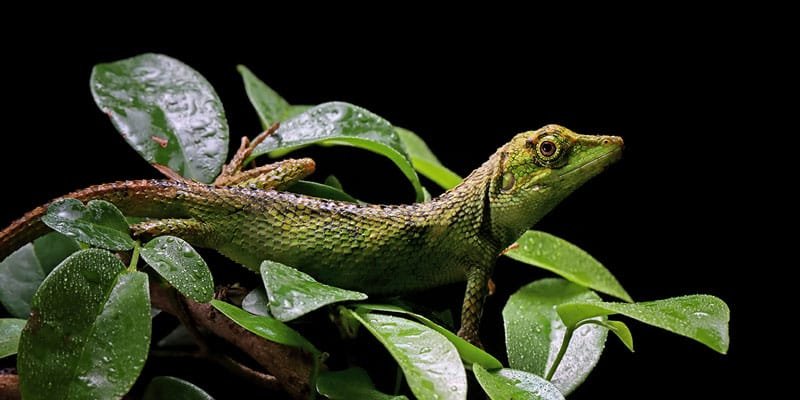
A reptile is a vertebrate animal with a body covered in tough scales. Most reptiles live on land, but turtles and some snakes live in water. Crocodiles and their relatives spend time on land in water. There are more 8,000 species of reptiles present in this world.
These topics may also interest you:
- List of Indie/ Desi Dog Breeds
- How to manage yeast infection in dogs
- Different types of cats that people have as pets
Reptilian Superpowers That Defy Logic
The Gravity-Defying Gecko: Nature’s Spider-Man
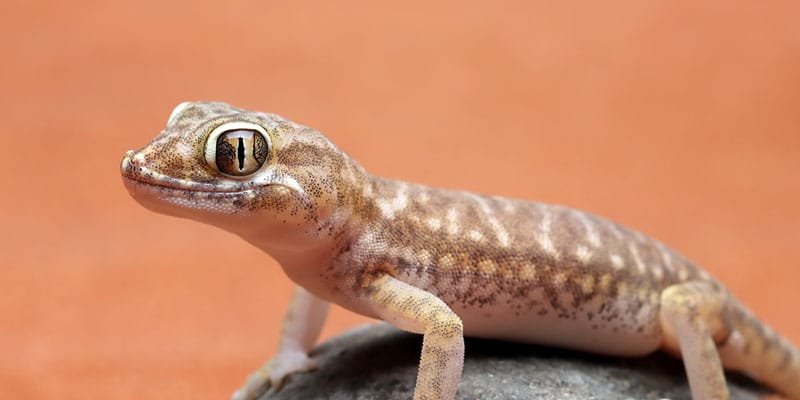
Have you ever wondered how a gecko can casually stroll across your ceiling without breaking a sweat? The secret lies in millions of microscopic hairs called setae that cover their toe pads. Each hair splits into hundreds of even tinier bristles called spatulae, creating an electromagnetic attraction through something called van der Waals forces.
The mind-blowing part: A single gecko foot has enough adhesive power to support the entire weight of the animal, yet they can instantly release their grip by simply changing the angle of their toes. This technology has inspired everything from medical bandages that can seal wounds without stitches to “gecko gloves” being developed for soldiers to scale walls.
The Lightning-Fast Serpent: Faster Than Your Blink
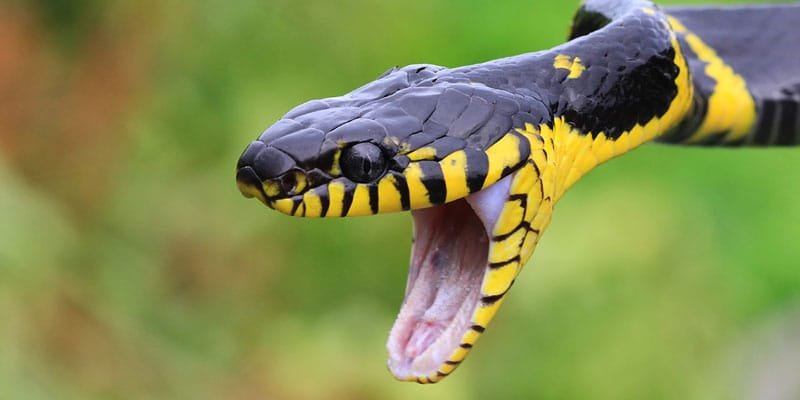
When a snake strikes, the entire motion lasts only 47-70 milliseconds – that’s faster than you can blink your eyes, which takes about 200 milliseconds. During this lightning-fast attack, snakes experience up to 30 times the force of gravity. To put that in perspective, trained fighter pilots black out at just 10 G’s, yet snakes regularly endure three times that force and remain perfectly conscious and coordinated.
The incredible precision: Despite this breakneck speed, venomous snakes can accurately target and inject venom into prey with surgical precision, making them nature’s ultimate precision strike weapons.
These topics may also interest you:
- Animal Cruelty must be completely forbidden
- How can we protect the animals in winter
- 7 Reasons why you should adopt a shelter Dog or Cat
The Thermal Vision Predator: Real-Life Heat Vision
Pit vipers, boas, and pythons possess something that would make Superman jealous – genuine thermal vision. Special heat-sensitive organs along their lips can detect temperature differences as small as 0.003°C, allowing them to “see” the body heat of warm-blooded prey in complete darkness.
The hunting advantage: Cuban boas use this thermal superpower to hunt bats in pitch-black caves, where even the bats’ echolocation becomes secondary to the snakes’ heat-sensing abilities.
The Color-Changing Chameleon: Master of Disguise
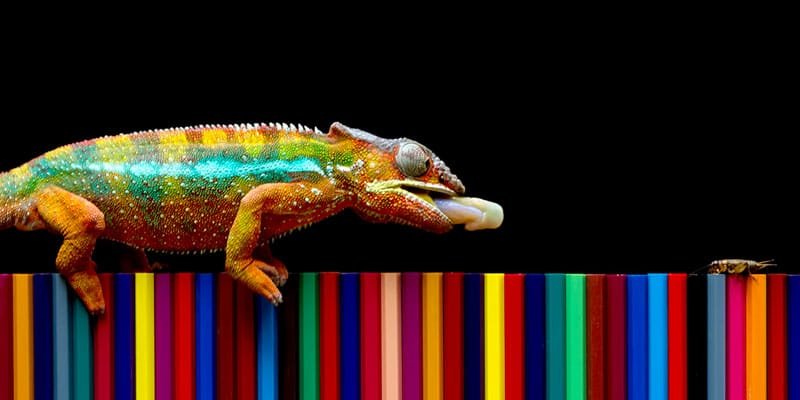
Chameleons don’t just change colors to blend in – they’re living mood rings that can communicate emotions, regulate body temperature, and assert dominance through their skin. They achieve this through specialized cells called chromatophores that contain different colored pigments, which they can expand or contract at will.
The engineering marvel: Their eyes can move independently, giving them nearly 360-degree vision, while their projectile tongues can extend to twice their body length and snap back with prey in just 11 milliseconds – faster than most cameras can capture.
The Freeze-Proof Champion: Crocodilian Endurance
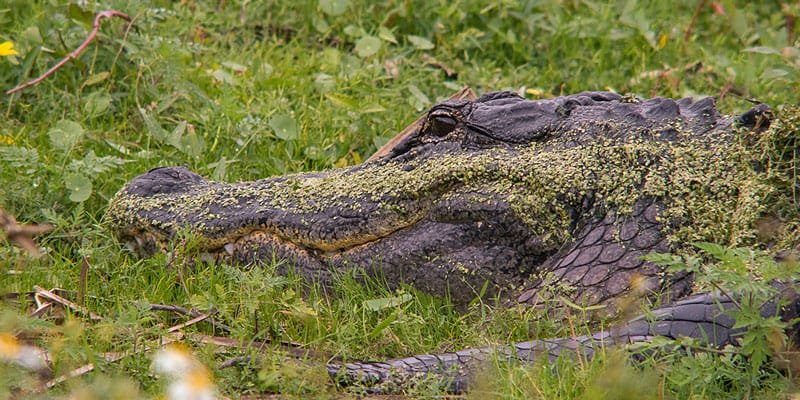
Crocodilians aren’t just ancient survivors – they’re nature’s ultimate predators with bite forces that dwarf any other living creature. Saltwater crocodiles can snap their jaws shut with a crushing force of 16,460 newtons, or roughly 3,700 pounds per square inch. That’s enough to completely shatter bones and crush turtle shells like potato chips.
The endurance factor: Large crocodiles can survive for several months on just a single meal thanks to their incredibly efficient metabolism, making them the ultimate patient predators.
These topics may also interest you:
What is an Amphibian?
An amphibian is a vertebrate animal that spends at least some of its life in water. Its skin is not scaly. There are about 5,578 species of amphibian, divided into following frogs and toads, Newts and salamander and caecilian.
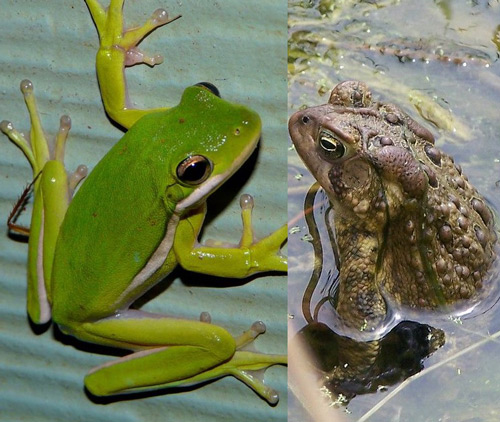
Frogs and Toads: Frog and toads both belong to the Anura order, but are found in different families. Frogs have smooth, slimy skin and long legs toads have dry thick skin and shorter legs. Frogs tend to be nimbler than toads. Frogs use their long powerful legs to jump and hop around. Toads actually prefer to walk rather than hop. A toad lays its eggs in long strings or lines where as the frog lays its eggs in large, round clusters on top of the water’s surface. Most toads are poisonous, as are many species of frogs.
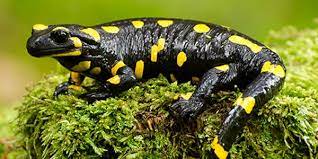
Salamander: Salamanders are amphibians that look like a cross between a frog and a lizard. Their bodies are long and slender, their skin is moist and usually smooth and they have long tails. Some species of Salamanders are aquatic throughout life, others take to the water periodically and a few are completely terrestrial as adults. Salamanders are nocturnal creatures. Salamanders usually move very slowly, although they can run quickly to get away from danger.
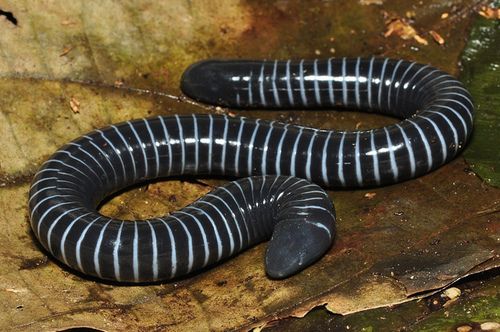
Caecilian: Caecilians are limbless amphibians that on a surface resemble a worm or a snake. Their tales are short or absent and their cloacae are near the ends of their bodies. They mostly live hidden in the ground. The skin of caecilians is smooth and slimy. The word caecilian comes from the Latin “caecus,” which means blind. Some caecilian species are eyeless, while others have small eyes hidden under their skin.
These topics may also interest you:
Amphibian Abilities: The Real Superheroes
The Resurrection Frog: Coming Back from the Dead
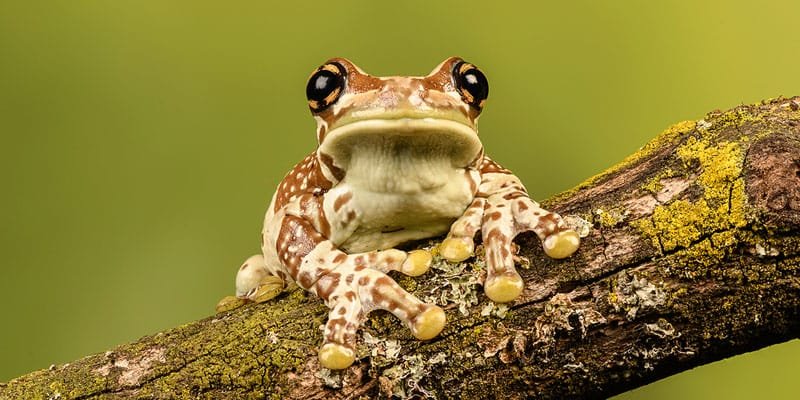
The wood frog performs what might be the most incredible survival feat in the animal kingdom – it literally freezes solid and comes back to life. Up to 70% of its body, including its brain and the lenses of its eyes, can freeze completely solid during winter. Its heart stops beating, breathing ceases, and for all practical purposes, the frog appears dead.
The miracle of spring: When temperatures warm up, these “frogsicles” thaw out and hop away as if nothing happened. They survive by producing natural antifreeze compounds like glucose and urea that protect their vital organs while the rest of their body becomes solid ice.
The Regeneration Master: The Salamander’s Ultimate Healing
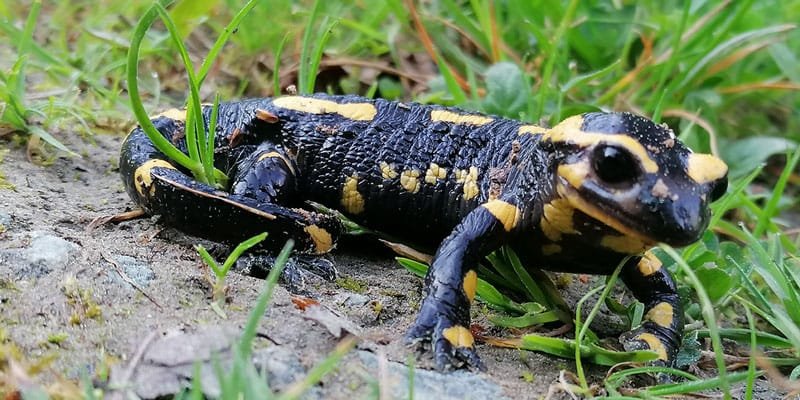
If you think Wolverine’s healing factor is impressive, meet the salamander. These incredible amphibians can regenerate entire limbs, tails, eye tissue, and even brain tissue. When they lose a body part, specialized cells called macrophages work overtime to rebuild the missing piece from scratch, often better than the original.
Medical breakthrough potential: Scientists are studying salamander regeneration to develop treatments for human amputees and even Alzheimer’s disease patients. The northern red salamander can extend and retract its sticky tongue in just 11 milliseconds – making it one of the fastest recorded biological movements.
These topics may also interest you:
The Invisible Glass Frog: Nature’s Cloaking Device
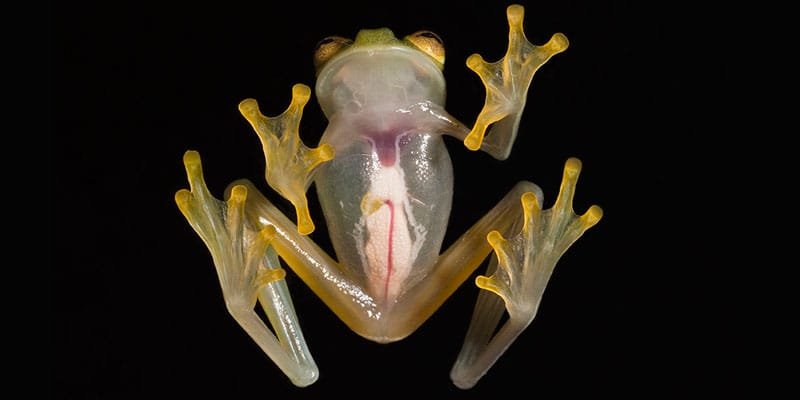
Glass frogs have mastered the art of transparency by doing something that sounds impossible – they hide their red blood cells in their livers while resting. By packing nearly 90% of their blood cells into their liver, the rest of their body becomes virtually transparent, making them nearly invisible to predators while they sleep on leaves.
The clever camouflage: This biological cloaking device only works while they’re stationary, but it’s so effective that they become almost impossible to spot against their leafy backgrounds.
The Screaming Salamander: Nature’s Alarm System
The Greater Siren, a large aquatic salamander, has developed its own version of Black Canary’s sonic scream. When grabbed by predators, these 2-3 foot amphibians let out piercing shrieks that are usually enough to startle attackers into dropping them back into the water.
The Bone-Breaking Fighter: The Hairy Frog’s Secret Weapon
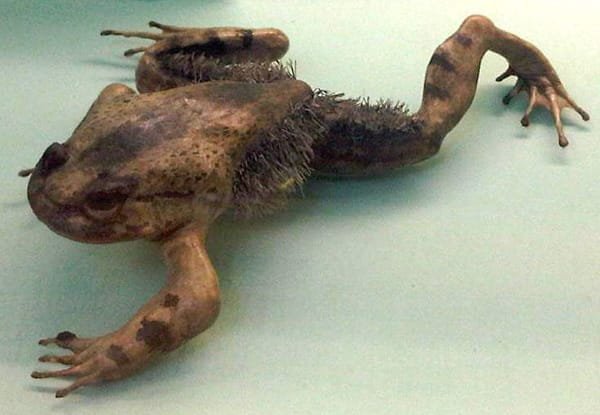
The hairy frog (yes, it actually grows hair-like structures during mating season) has perhaps the most extreme defense mechanism in the amphibian world. When threatened, it literally breaks its own toe bones, which then pierce through the skin to create sharp claws – essentially turning itself into a real-life Wolverine.
The healing factor: After danger passes, both the bones and the damaged skin gradually heal back to normal, ready to deploy this painful but effective defence again if needed.
These topics may also interest you:
- Why Dogs are Man’s Best Friend?
- What to Expect When You’re Expecting a New Puppy: A Guide for First-Time Owners
- How to Introduce Your Cat to Other Pets
The Sensory Superstars
Third Eye Vision: The Reptilian Extra Sense
Many lizards possess something that sounds like pure fantasy – a third eye. Called the parietal eye, this photosensitive organ sits on top of their heads and, while it can’t form images like regular eyes, it can detect changes in light, shadow, and movement from above.
The predator detection system: This “third eye” acts like an early warning system for aerial predators, giving lizards a crucial split-second advantage when hawks or other birds of prey approach from overhead.
Tongue-Powered Smell: Chemical Detection Masters
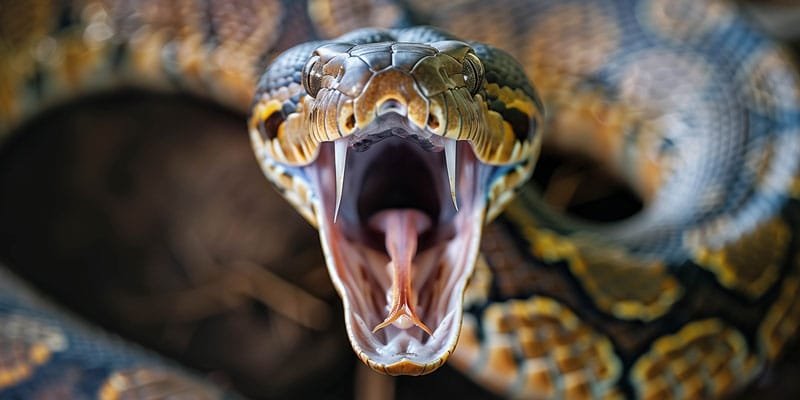
While we humans smell with our noses, reptiles have turned their tongues into sophisticated chemical analysis laboratories. Lizards and snakes flick their forked tongues to collect microscopic particles from the air, which they then analyze using a special organ called the Jacobson’s organ in the roof of their mouths.
The tracking advantage: This system is so sensitive that snakes can follow chemical trails that are hours or even days old, making them incredibly effective hunters and allowing them to navigate across vast distances.
These topics may also interest you:
- 10 Surprising benefits of having a cat in your life
- Common health problems in cats and how to prevent them
- 10 Common Health Issues in Hamsters and How to Treat Them
Magnetic Navigation: Earth’s GPS System
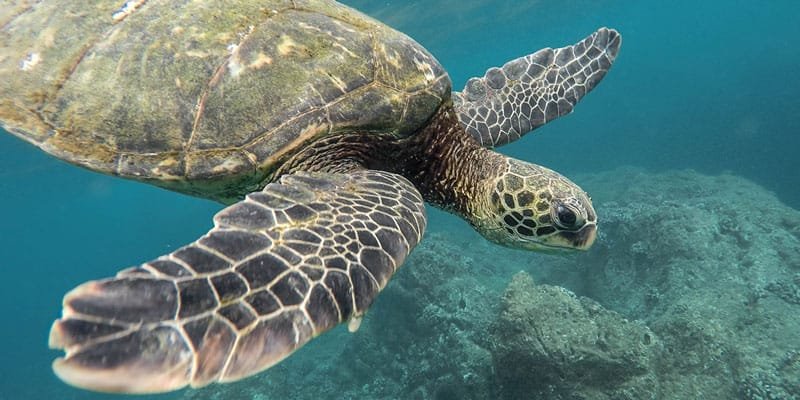
Sea turtles possess one of nature’s most remarkable navigation systems – they can sense the Earth’s magnetic field. This biological GPS allows them to travel thousands of miles across open ocean and return to the exact beach where they were born, sometimes after decades at sea.
The precision journey: Loggerhead sea turtles can navigate with such accuracy that they return to beaches within just a few hundred meters of their birthplace, despite traveling across entire ocean basins.
These topics may also interest you:
- Why Hamsters Are The Best Small Pets For Kids
- The Benefits of Adopting an Older Dog – Give Them a Second Chance
- 10 Reasons Why Dogs Make the Best Pets – Adopt a Dog Today
The Extreme Athletes of the Animal Kingdom
The Water-Walking Lizard: Defying Surface Tension
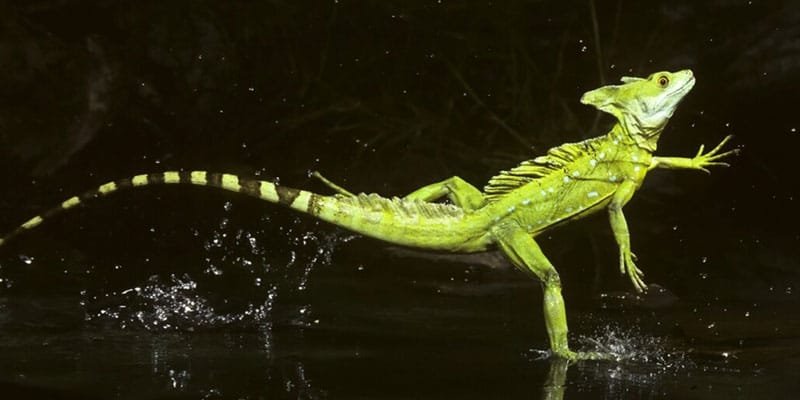
The basilisk lizard, appropriately nicknamed the “Jesus Christ lizard,” can literally run across the surface of water. At speeds of nearly 5 feet per second, these remarkable reptiles use their large toe flaps to trap air bubbles and create enough surface tension to stay afloat.
The physics of water running: They can typically run about 15 feet across water before sinking, but that brief sprint across the surface is often enough to escape predators or reach safety on the opposite shore.
The Super Jumper: Frog Olympic Champions
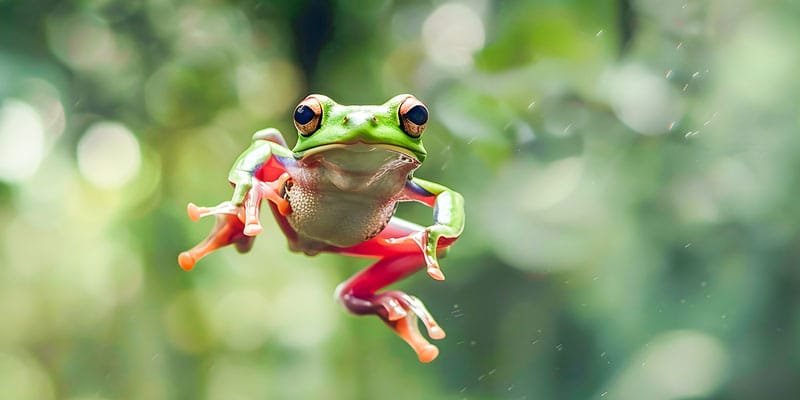
Some frog species can jump up to 20 times their own body length in a single leap. To put that in human terms, it would be like a 6-foot person jumping 120 feet in one bound – that’s longer than a basketball court!
The launching mechanism: Frogs achieve this incredible distance through a combination of powerful leg muscles and a unique skeletal structure that acts like a biological catapult, storing and releasing energy with remarkable efficiency.
The Underwater Breath Holders: Aquatic Endurance Champions
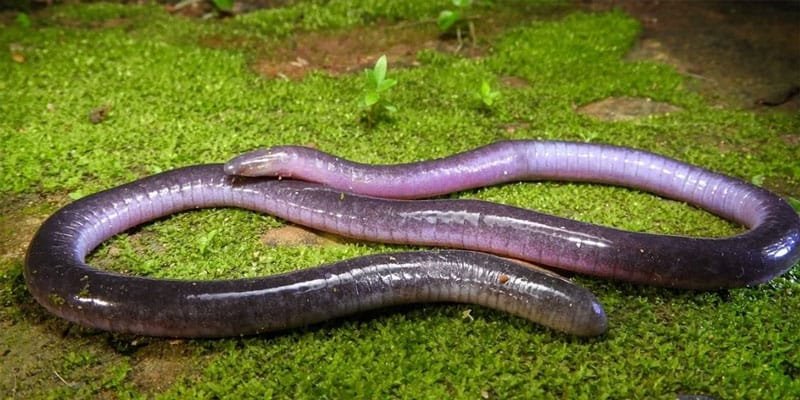
Adult caecilians, the lesser-known limbless amphibians, can hold their breath underwater for 20 to 30 minutes at a time. These eel-like creatures have adapted to aquatic life so well that they only surface when absolutely necessary to breathe air.
The diving adaptation: Unlike other amphibians that can breathe through their skin, caecilians have thick skin that requires them to surface for air, but their incredible lung capacity allows them to make the most of each breath.
These topics may also interest you:
- How to protect pet dogs, cats and strays from heat wave
- 10 Tips for Traveling with Your Dog: Making Trips Hassle-Free
- How to Introduce a New Cat to Your Home
The Ancient Survivors: Living Fossils Among Us
The Tuatara: A Living Dinosaur
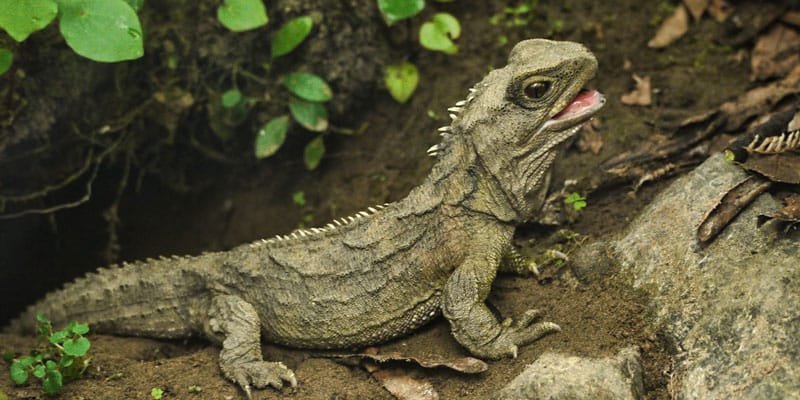
The tuatara, found only in New Zealand, is literally a living fossil. These reptiles are the sole survivors of the Sphenodontia group, which existed alongside dinosaurs. They’ve remained virtually unchanged for over 200 million years, earning them the title of the oldest living fossil on Earth.
The time traveller: Looking at a tuatara is like peering back into the age of dinosaurs – they represent a direct link to Earth’s ancient past that somehow managed to survive when even the mighty dinosaurs couldn’t.
The Giant Salamander: Ancient Aquatic Giants
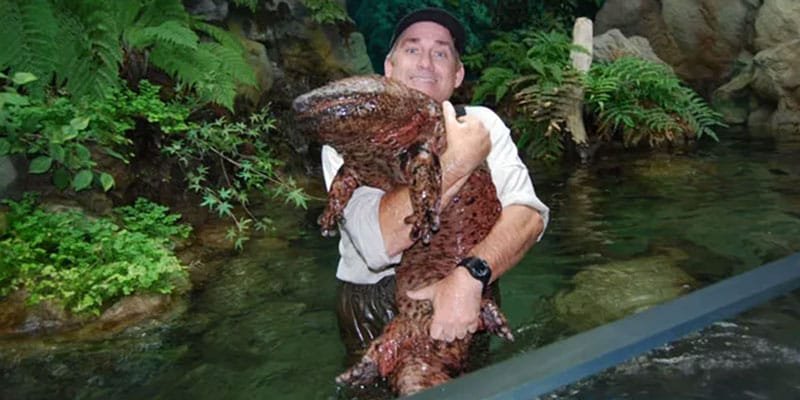
The South China giant salamander can grow up to 6 feet long and weigh over 100 pounds, making it the largest living amphibian on Earth. These incredible creatures have been around for millions of years and can live for several decades, with some specimens in captivity reaching over 50 years old.
The longevity champions: Japanese giant salamanders have been recorded living over 50 years in human care, making them some of the longest-lived amphibians on the planet.
These topics may also interest you:
- 10 Pet Animals For Emotional Support
- Types Of Pet Allergies and How to Treat Them
- Why I Started This Blog Page?
The Ecological Superstars
Living Environmental Monitors
Amphibians serve as nature’s early warning system for environmental health. Because they breathe through their sensitive skin and often live in both aquatic and terrestrial environments, they’re among the first to show signs when ecosystems become unhealthy.
The canary in the coal mine: Scientists refer to amphibians as “indicator species” because their presence or absence can reveal the overall health of an environment. When amphibian populations decline, it’s often a sign that something is seriously wrong with the ecosystem.
The Pest Control Champions
Both reptiles and amphibians are incredible pest controllers, consuming vast quantities of insects, rodents, and other potential agricultural pests. A single frog can eat thousands of insects per year, while snakes help control rodent populations that would otherwise damage crops and spread disease.
These topics may also interest you:
- 10 Ways to Get Involved with Pet Owners in Your City
- How to educate people and children about animal welfare
- What are the conditions needed to become a foster parent for cats and dogs?
The Incredible Numbers Game
The diversity of reptiles and amphibians is staggering. There are approximately 12,000 known reptile species worldwide, while amphibians number around 8,000 species, with nearly 90% of those being frogs. Australia alone is home to 14% of the world’s reptilian population, with 93% of those species being unique to the continent.
The size spectrum: From the tiny Paedophryne amauensis frog from New Guinea, which measures just 7.7 millimeters long (making it the world’s smallest vertebrate), to massive saltwater crocodiles that can exceed 20 feet in length, these animals showcase incredible diversity in size and form.
Snakes
Largest snakes
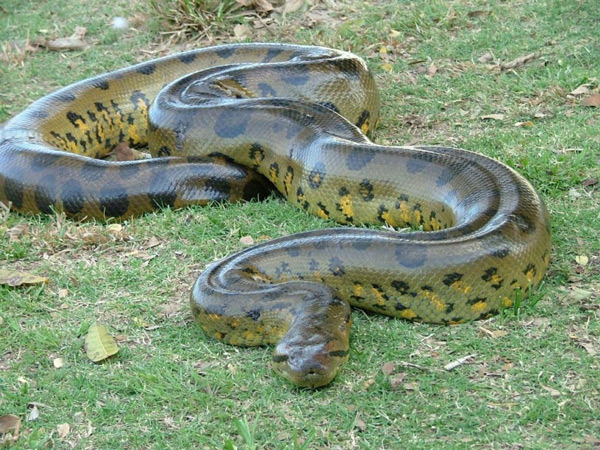
Many people believe that the South American anaconda is the longest snake. There are reports of anaconda up to 36.5 meter long, but this has never been proved. Green anaconda is the largest snake in the world. Green anaconda can grow to more than 29 feet, weigh more than 550 pounds. Females are significantly larger than males.
Smallest snake
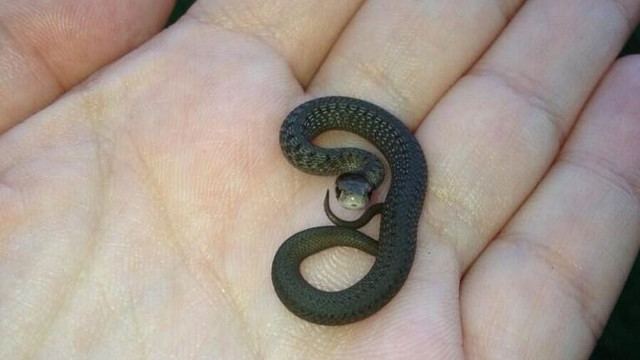
The thread snake is rarely longer than 108 millimetre. They are very thin. The Barbados thread snakes are incredibly small. These snakes often weigh as little as 0.6 gram
These topics may also interest you:
- How to Cope with Losing Your Pet
- Indoor vs. Outdoor Cats Pros and Cons
- Senior Pet Care Tips. How to Keep Your Aging Pet Comfortable?
Deadliest snakes
Taipan
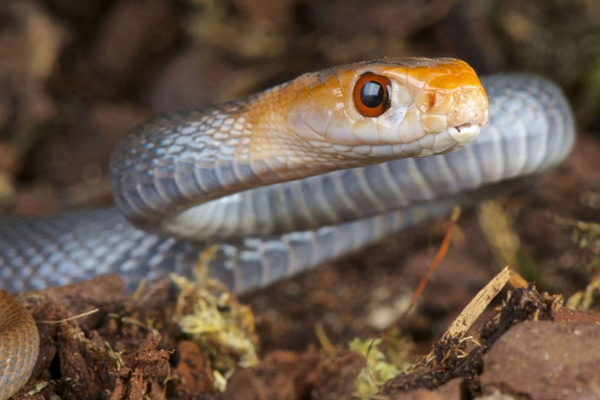
The coastal taipan of Australia injects the most venom per bite with 120 mg. Since just 1 mg is enough to kill a person, the venom from a single bite could kill 120 people.
Black Mamba
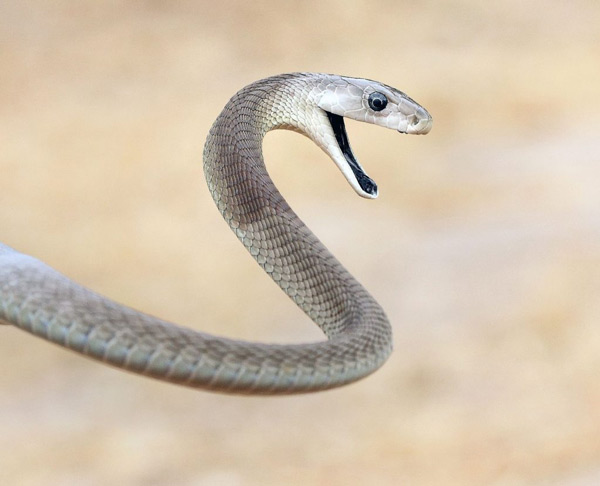
The fast moving black mamba of central and southern Africa kills 90 to 100 per cent of the people it bites. Black mamba is extremely venomous snake after king cobra.
King cobra
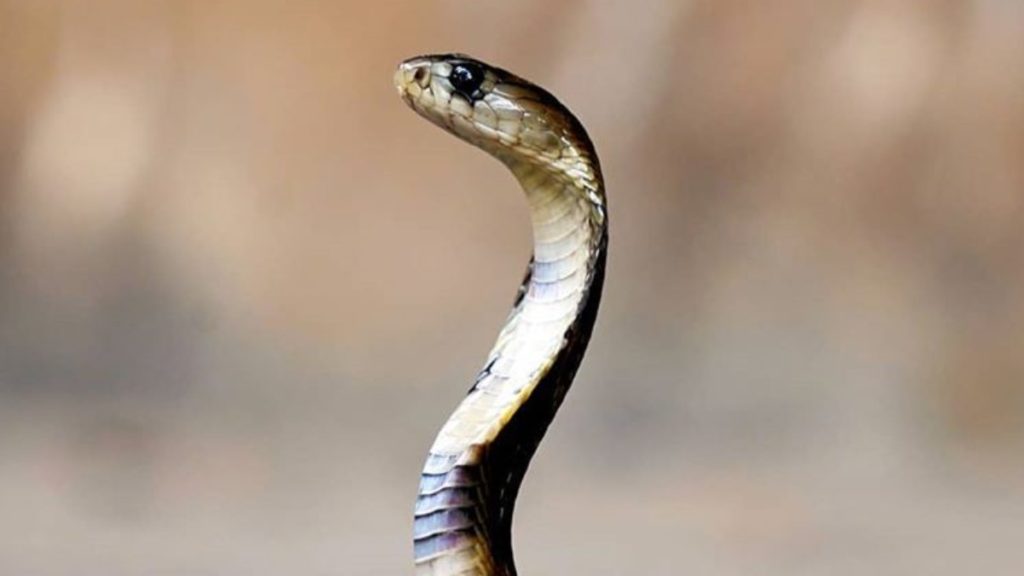
The world’s largest venomous snake is king cobra. They live mainly in the rain forests and plains of India, Southern China and South east Asia. With a single bite, a king cobra can inject as much as 7 mm of venom almost enough to fill 1.5 teaspoons into its victim.
Russel’s Viper
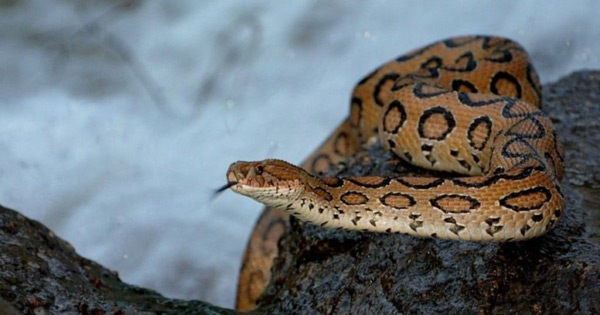
The Russel’s Pit Viper is far more dangerous than most poisonous snakes because it harms you even if you survive the initial bite. The bite of Russel viper can be fatal.
These topics may also interest you:
- The Rise of Pet Tech: How Smart Devices Are Changing Pet Care
- Homemade Pet Food: Is It Healthier Than Store-Bought?
- How to Socialize Your Pet: Tips for Puppies, Kittens & Rescues
Lizards
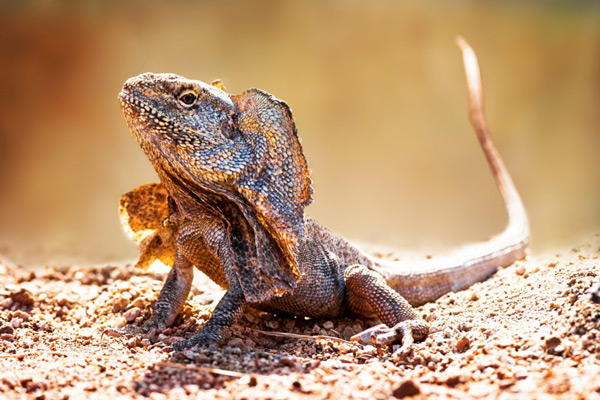
Lizards are reptiles. There are over 6,000 species of lizards. Lizards generally have small heads, long bodies and long tails. Lizards are found all over the world in almost every type of land. Some lizards can go their entire lifetime without drinking any water at all. Most lizards, in reality are harmless to humans however, there are certain lizards which are poisonous. All lizards are capable of swimming and a few are quite comfortable in aquatic environments. Many are also good climbers and fast sprinters.
Crocodiles
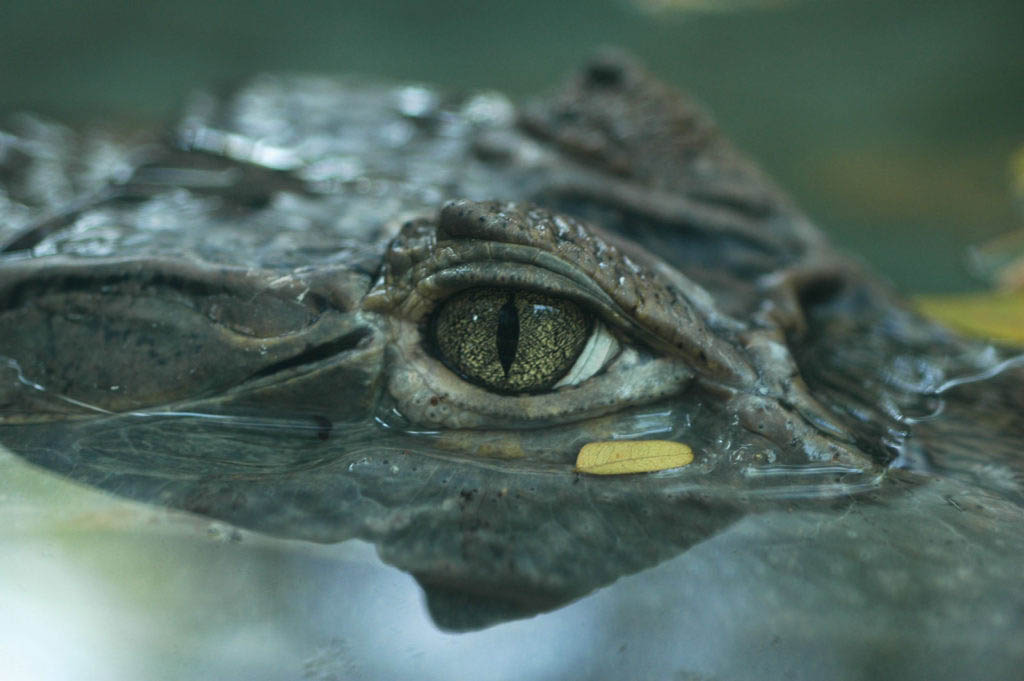
Crocodiles, alligators, caimans and gavials are related but are different species. There are 23 species in the crocodile family, including alligators, caimans and gavials. Most alligators and caimans have wide u-shaped snouts but crocodiles have narrower v-shaped snouts. Crocodiles are generally bigger and more aggressive than alligators. Crocodiles are known to attack just because someone or something is near them; crocodiles tend to be more active in the water. Crocodiles have higher functioning salt glands which allows them to excrete higher amounts of salt from water than alligators can. Alligators’ glands do not function as strongly.
These topics may also interest you:
- How to Create a Pet-Friendly Home Without Compromising Style
- When Should Obedience Training Be Started for Puppies?
- 5 Fun Ways to Include Your Pet in Holiday Festivities
Conservation: Protecting Our Real-Life Superheroes
Despite their incredible abilities, many reptiles and amphibians face serious threats. Over 40% of all known amphibian species are at risk of extinction due to habitat destruction, climate change, pollution, and diseases like the deadly chytrid fungus. These losses represent not just the disappearance of individual species, but the potential loss of millions of years of evolutionary innovation and biological solutions that could benefit humanity.
The urgent need: Organizations worldwide are working to protect these remarkable creatures through breeding programs, habitat conservation, and research initiatives. The knowledge we gain from studying their unique abilities continues to inspire medical breakthroughs, technological innovations, and a deeper understanding of life’s incredible adaptability.
The Future of Cold-Blooded Innovation
As we continue to study these amazing animals, we’re discovering new applications for their incredible abilities. Gecko-inspired adhesives are being developed for medical applications, snake venom is being researched for new medications, and salamander regeneration is offering hope for human healing applications.
The technological inspiration: From wall-climbing robots inspired by geckos to underwater vehicles that mimic the swimming efficiency of sea turtles, reptiles and amphibians continue to inspire human innovation in ways we’re only beginning to understand.
The next time you see a lizard darting across a wall or hear frogs singing in a pond, remember that you’re witnessing some of the most incredible abilities in the natural world. These aren’t just “cold-blooded” creatures – they’re evolutionary masterpieces, each one a living testament to the incredible creativity and adaptability of life on Earth.
Their superpowers aren’t just fascinating; they’re functional, refined through millions of years of evolution, and continuing to teach us new ways to understand and interact with our world. In many ways, these ancient survivors are showing us what’s possible when life has enough time to perfect its craft – and they’re proving that reality truly can be stranger and more wonderful than fiction.
These topics may also interest you:
- Why Cats Make Amazing Companions
- How to Make Your Own Dog Treats
- What to Look for When Adopting a New Cat
- 10 Fun Brain Games for Dogs
- 5 Challenges That Made Me a Better Pet Parent
- 10 DIY Cat Toys
- How to Host a Pet-Friendly Event in Your Community
- How to Help Your Pet Get Over Their Car Anxiety
- Natural Remedies to Get Rid of Fleas and Ticks
- Common Behavioral Problems in Cats and How to Fix Them
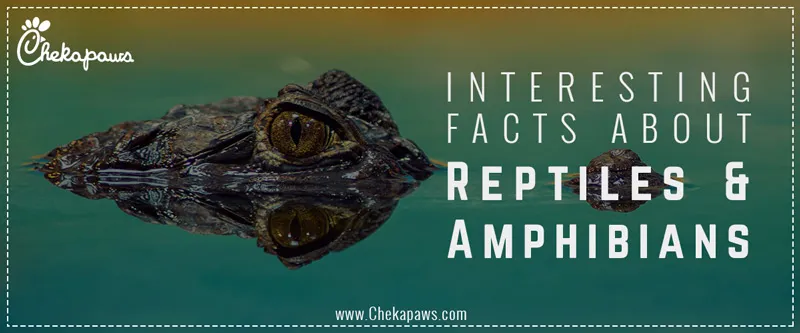







Amazing
Waooo I really enjoy your content also get some info about like frog…toad
Really nice please make more content for us